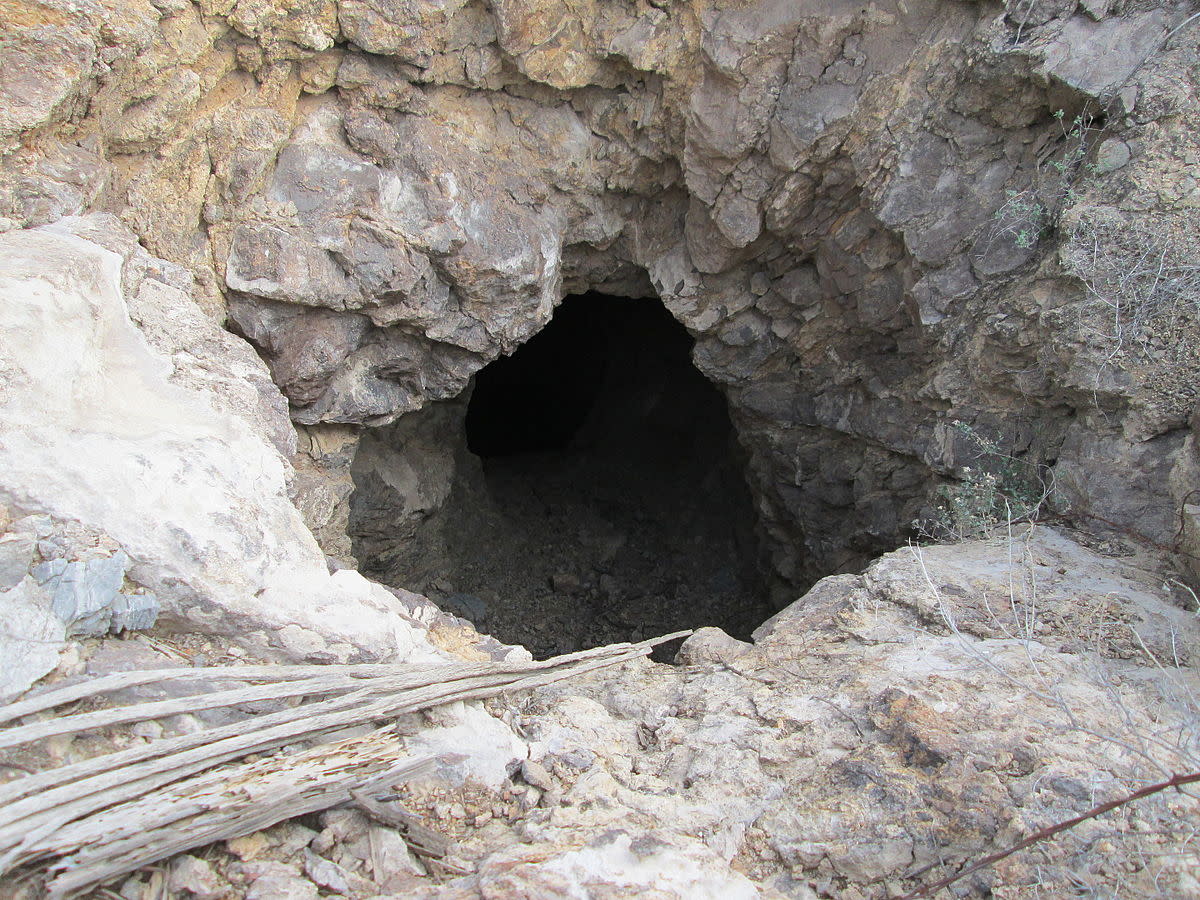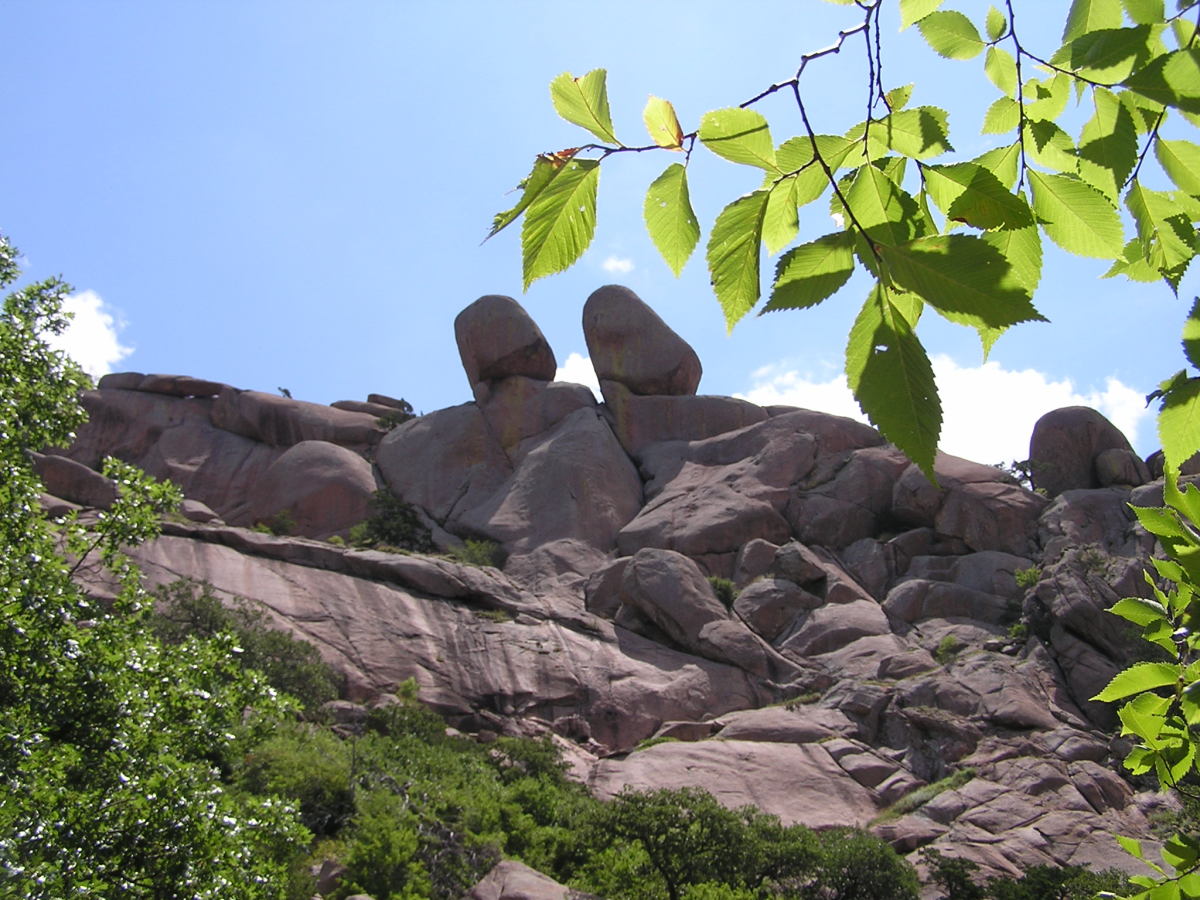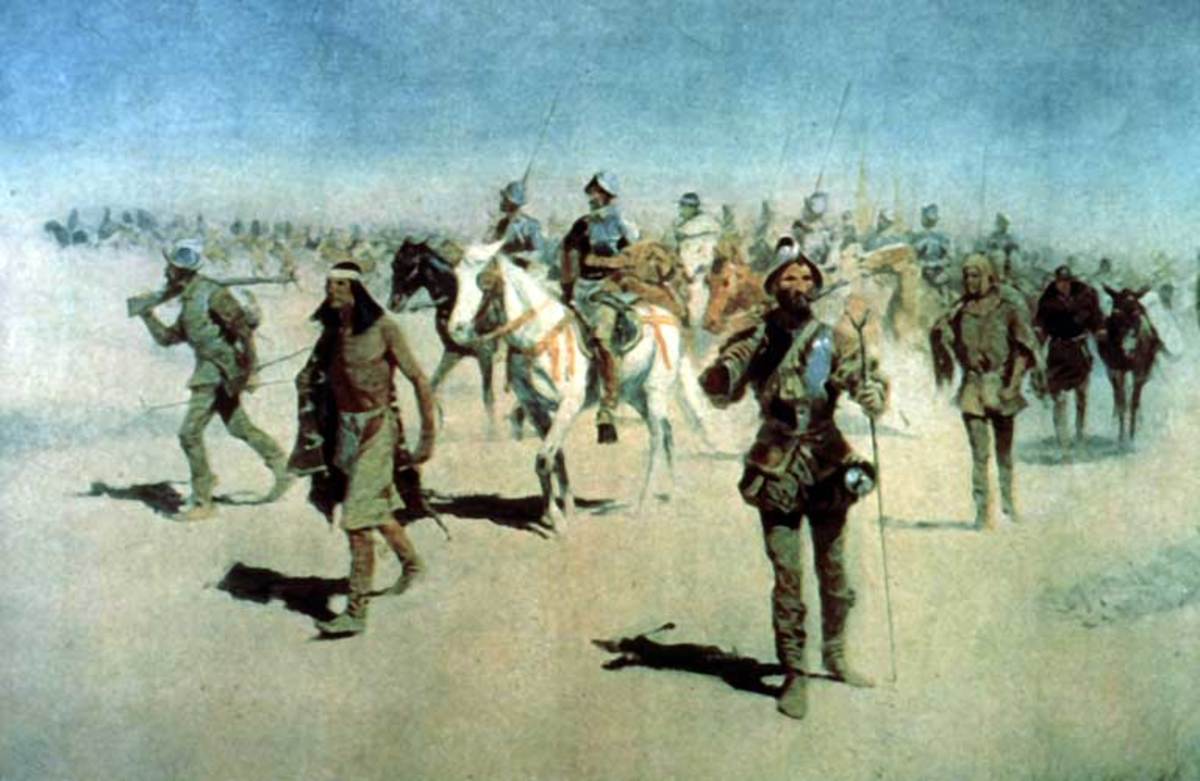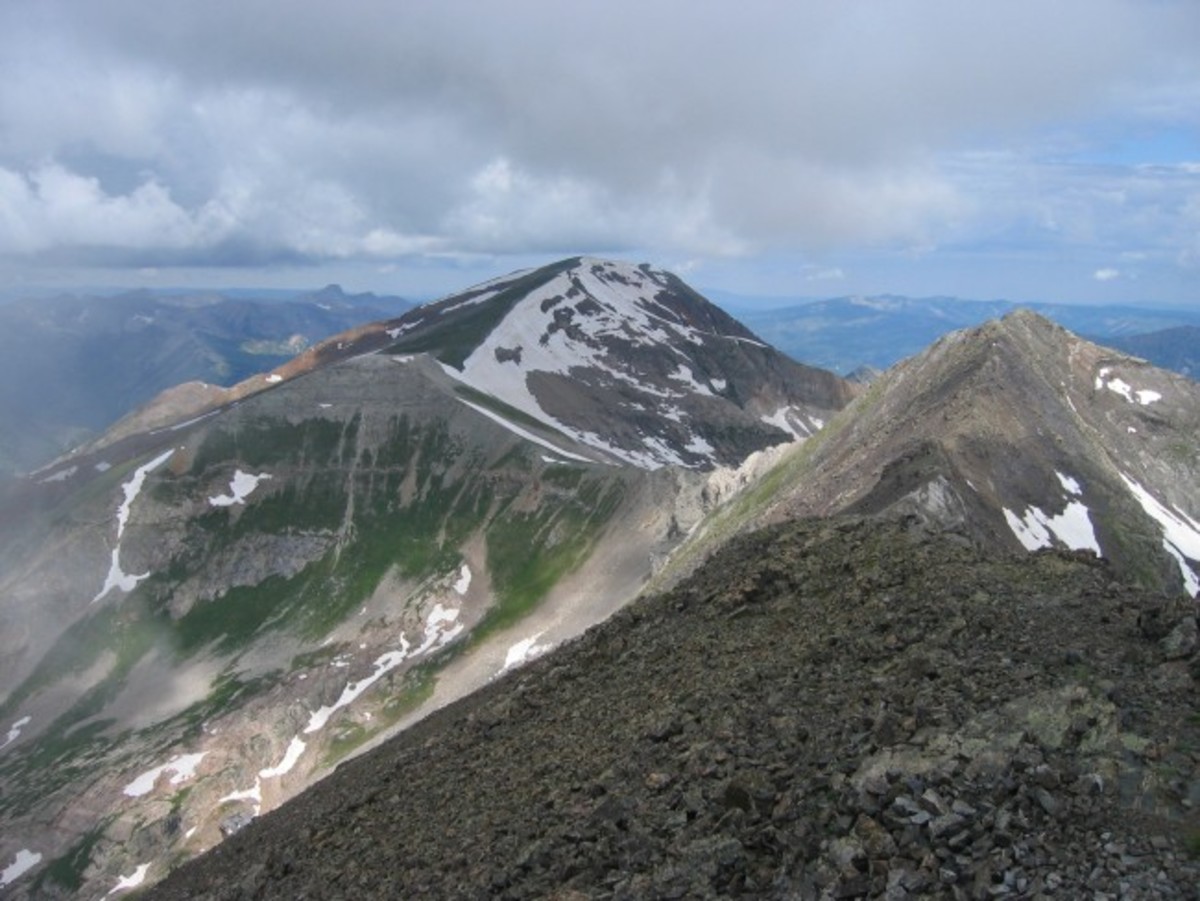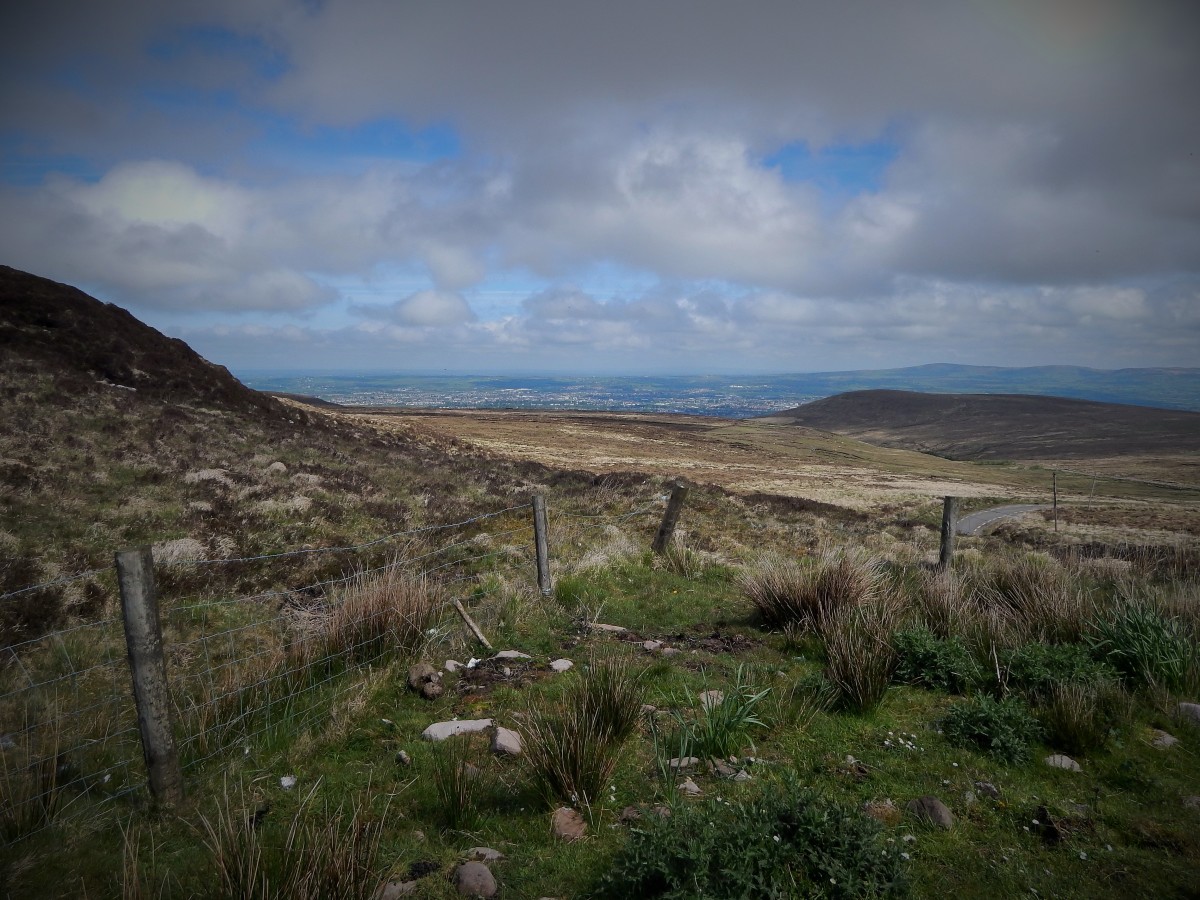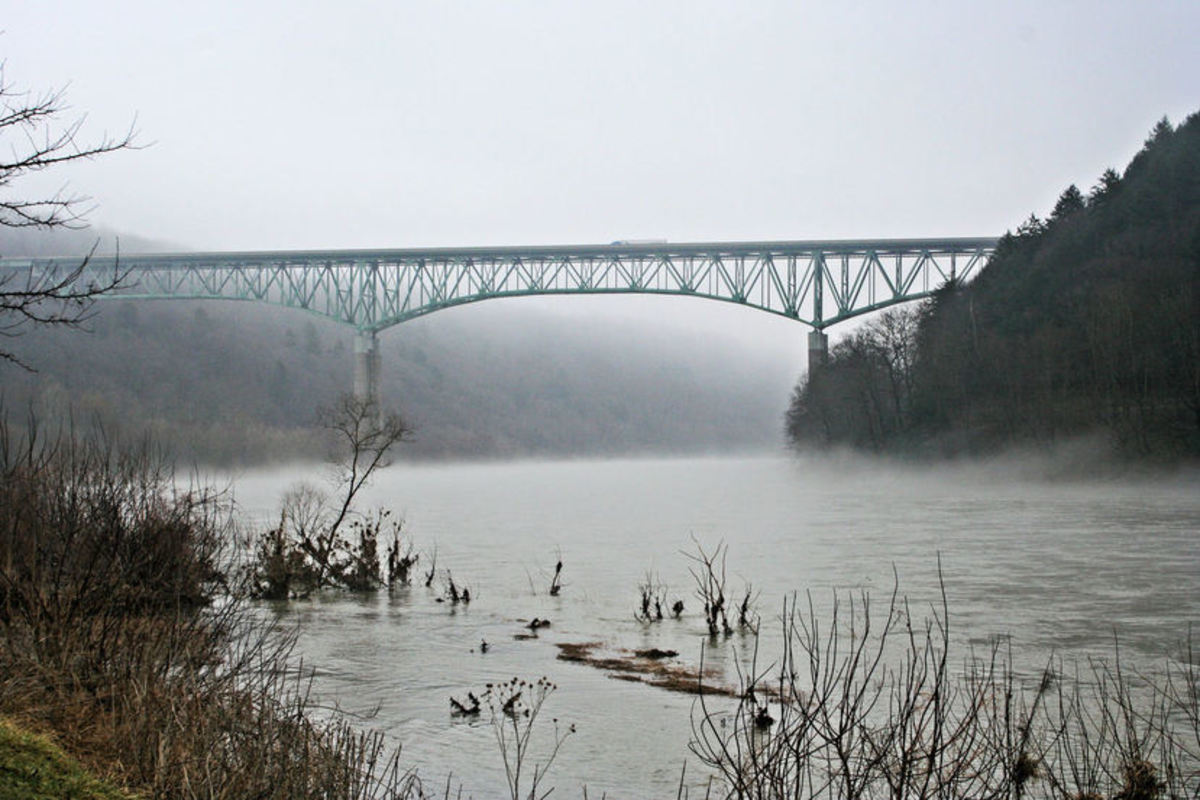The Lost Adams Diggings
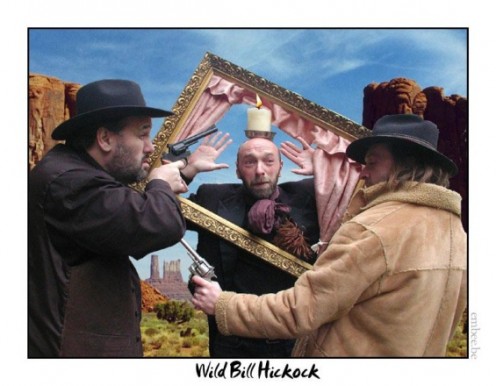
"The Lost Adams Diggings" is the name of a legendary lost gold mine somewhere in New Mexico, United States. In 1864, a teamster listening to the name of Adams (no first name known) and some prospectors were approached by the Mexican Indian "Gotch Ear" in Gila Bend, Arizona. The Indian offered to show them a canyon filled with gold. Together they rode to find the gold; they crossed a road to Fort Wingate where they could go back for supplies when needed, and arrived only ten days later at a canyon with a blind entrance. They followed for some time a Z-shaped narrow trail and then found a creek rich with gold.
The miners paid Gotch Ear and began panning for gold, but soon were confronted by a group of Apaches, led by chief Nana. He allowed them to mine the creek, provided they did not venture up past the waterfall. At first, the miners obeyed, but eventually several of them started panning near the waterfall, where they discovered two very rich veins of gold with nugets having the size of a hen's egg. They stored the gold under a stone in the cabin they had built near the creek. One miner however, a German, had collected all the gold he wanted and left the camp with it.
Some of the miners went to Fort Wingate for supplies. When, after eight days, this group had not returned, Adams and a man called Davidson rode out to investigate. Along the Z-shaped trail, they found five bodies and three dead horses. Adams and Davidson returned to their camp, where they found that the Apaches had returned. The Indians had set fire to the cabin and all the miners were killed. Adams and Davidson crossed the desert for twelve days and eventually stumbled on an army patrol, which took them to the nearest fort. Davidson died there. After ten years Adams overcame his fear and returned to New Mexico to look for the diggings, but he could not find the canyon anymore...
- The Lost Dutchman Gold Mine
The Superstition Mountains have been a place of mystery and legends since only the Pima Indians lived in Arizona. There are uncountable ancient cliff dwellings and haunted caves and tales about lost gold and treasure... - The Lost Aztec Treasure
- Treasure of the Cursed Superstition Mountains
Two other people seemed to have survived the attacks of the Indians: a German (who could be Jacob Snively) and John Brewer, who had connections to the Apaches and to the Mormon settlers in New Mexico. They were both able to give independent accounts, and the statements made by Adams and Brewer were remarkably similar, both mentioning a clever "Dutchman" as being in the original party that departed from Arizona.
Jacob Snively acquired about $10,000 worth of gold from some source during the early 1860s, but related a story that suppressed information on the location. Snively used the money to purchase a ranch in Arizona where he is now buried.The Zuni Mountains were long considered the most plausible location of the Lost Adams Diggings. Until the Second World War, while the Adams Diggings became the most famous lost gold mine of the United States, thousands of prospectors, ranch-hands, and men-of-fortune searched the area.
Frank Dobie's book "Apache Gold and Yaqui Silver" (1939) describes how the combination of the Depression and the deregulation of the gold market prompted the most unlikely people to search for the Lost Adams Diggings. The now nationally renowned legend made several large communities flourish in the Zuni's, with schools, post offices and railroads crisscrossing the mountains. Because of the rumors of gold in the Zuni Mountains, the U.S. government ordered several geological expeditions to verify the claims. But nothing was found and in the fifties the area was thoroughly explored for uranium. After the "uranium boom", the popularity of the Lost Adams Diggings began to fade as the Lost Dutchman Mine became America's most famous lost gold mine.
Geologically, the Lost Adams Diggings can only be found in the southwestern quadrant of New Mexico. Adams himself did some searches in the area around Reserve, near the rich strikes at Elizabethtown and Pinos Altos. Local folklore mentions gold at the headwaters of either the Black River, the Gila River, or the Prieto River. Yout might want to take a close look at the Blue Mountains too. In his book "Four Days from Fort Wingate", Dick French placed the Lost Adams Diggings in the Datils and Gallinas Mountains. A similar but geographically less plausible location was found in eastern Arizona. It was said that there was gold to be found in either the Zuni or Navajo reservations, but the laws preventing the acquisition of mineral rights in these regions discouraged searching. Recently, the Lost Adams Diggings were located in the center of the four sacred mountains of the Navajo Reservation, near Sawmill, Arizona. This area is known to be rich in semi-precious stones.
If the Lost Adams Diggings really exist, the location has to be somewhere in the "Apacheria" (southwestern New Mexico and the bordering areas of Arizona). Jack Purcell has written a very detailed and definitive book on the subject: "The Lost Adams Diggings: Myth, Mystery, and Madness". Purcell believes that the Lost Adams Diggings are to be found somewhere in the mountains just south of Quemado, New Mexico.


